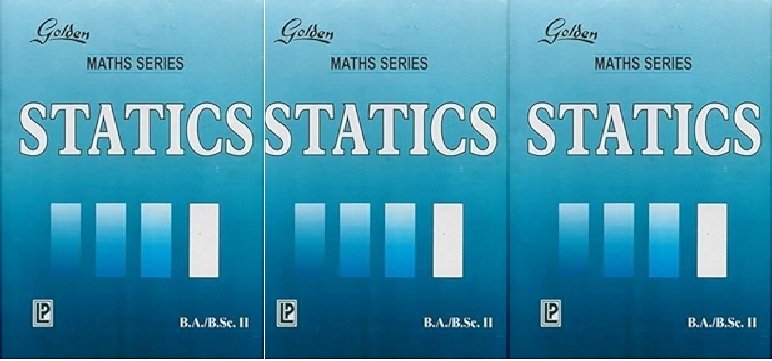The term golden statics might seem like a curious combination at first glance. Statics, the branch of mechanics concerned with forces acting on stationary objects, usually deals with concepts like equilibrium, moments, and forces. Where does golden statics fit into this picture?
The answer lies in a fascinating intersection of mathematics and engineering – the application of the golden statics, also known as Phi (Φ), to analyze and optimize structures. Phi, a number roughly equal to 1.618, possesses unique geometric properties that translate into remarkable structural advantages.
Demystifying the golden statics: A Journey through Geometry
Before delving into its applications, let’s understand the essence of Phi. Imagine dividing a line segment in a way such that the ratio of the whole segment to the longer part is equal to the ratio of the longer part to the shorter part. This ratio is Phi.
This seemingly simple concept leads to a mesmerizing spiral, the Fibonacci spiral, where each segment is roughly 1.618 times the one before it. This spiral is found throughout nature, from the arrangement of leaves on a stem to the shape of seashells. But its presence extends beyond the natural world, into the realm of human-made structures.
Golden Statics in Action: Building with Efficiency
The golden statics offers several advantages in statics:
-
Strength and Stability: Phi-based structures tend to distribute forces more evenly, leading to increased strength and resistance to bending or breaking. This is because the golden statics creates a harmonious relationship between the lengths of different components, minimizing stress points.
-
Material Optimization: By optimizing load distribution, structures designed utilizing the golden statics can utilize less material without compromising strength. This translates to lighter, more efficient designs, crucial in fields like aerospace engineering.
-
Aesthetics and Harmony: The inherent beauty of the golden statics contributes to aesthetically pleasing structures. The pleasing proportions found in nature translate to visually balanced designs that resonate with human perception.
Let’s explore some specific examples of how the golden statics is used in statics:
-
Truss Bridges: The triangular truss design, commonly found in bridges, can be optimized using the golden ratio. By strategically positioning the triangles based on Phi proportions, engineers can create strong, lightweight bridges capable of handling heavy loads.
-
Spiral Staircases: The design of spiral staircases often incorporates the golden statics. The curvature and dimensions of the steps can be based on Phi, resulting in stairs that are not only aesthetically pleasing but also structurally sound and comfortable to climb.
-
Fractals and Self-Supporting Structures: Fractals, complex geometric patterns that repeat at different scales, can be derived from the golden statics. These patterns inspire the design of self-supporting structures that are incredibly strong despite using minimal material.
Beyond the Basics: Advanced Applications of the golden statics
The applications of the golden statics in statics extend beyond simple geometric applications. Here are some more advanced concepts:
-
Golden Section Search: This optimization technique utilizes the golden statics to find the minimum or maximum value of a function. This is valuable in statics for designing structures that can withstand forces most efficiently.
-
Finite Element Analysis with Phi-Based Meshes: Finite element analysis (FEA) is a computer-aided engineering technique used to analyze stress and strain in structures. By creating meshes (discretized representations of a structure) based on the golden statics, engineers can achieve higher accuracy in FEA simulations.
The Future of Golden Statics: Innovation and Sustainability
The use of the golden statics in statics continues to evolve. As computational power increases, engineers can explore more complex Phi-based designs for advanced structures. Additionally, the focus on sustainable design principles aligns well with the material-saving potential of the golden statics.
Here are some promising areas for future development:
-
Biomimetic Structures: By mimicking the intricate structures found in nature, often inspired by the golden statics, engineers can design lightweight, strong, and adaptable structures for various applications.
-
Self-Assembling Systems: Structures that can assemble themselves using prefabricated components based on Phi principles could revolutionize construction methods for buildings and infrastructure.
-
3D Printing and golden statics: The rise of 3D printing opens doors for creating complex, Phi-based structures with minimal waste and increased strength.
Conclusion: A Symphony of Strength and Beauty
The golden statics transcends a simple mathematical concept. It acts as a bridge between the beauty of nature and the functionality of engineering. By incorporating the golden statics into statics, engineers can design structures that are not only strong and efficient but also aesthetically pleasing. As we delve deeper into this fascinating realm, the possibilities for innovation and sustainable design are truly golden.
